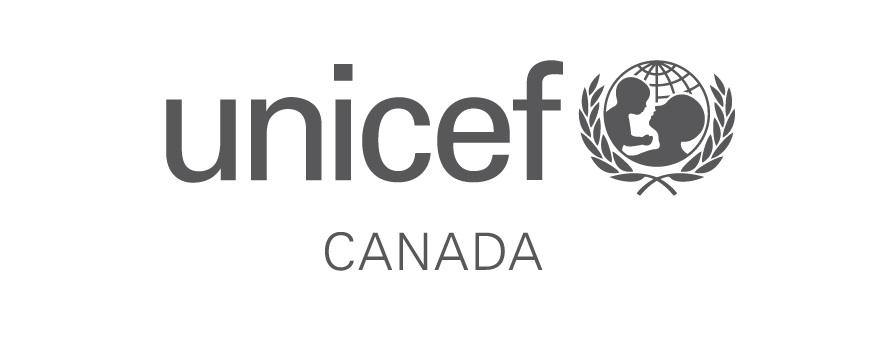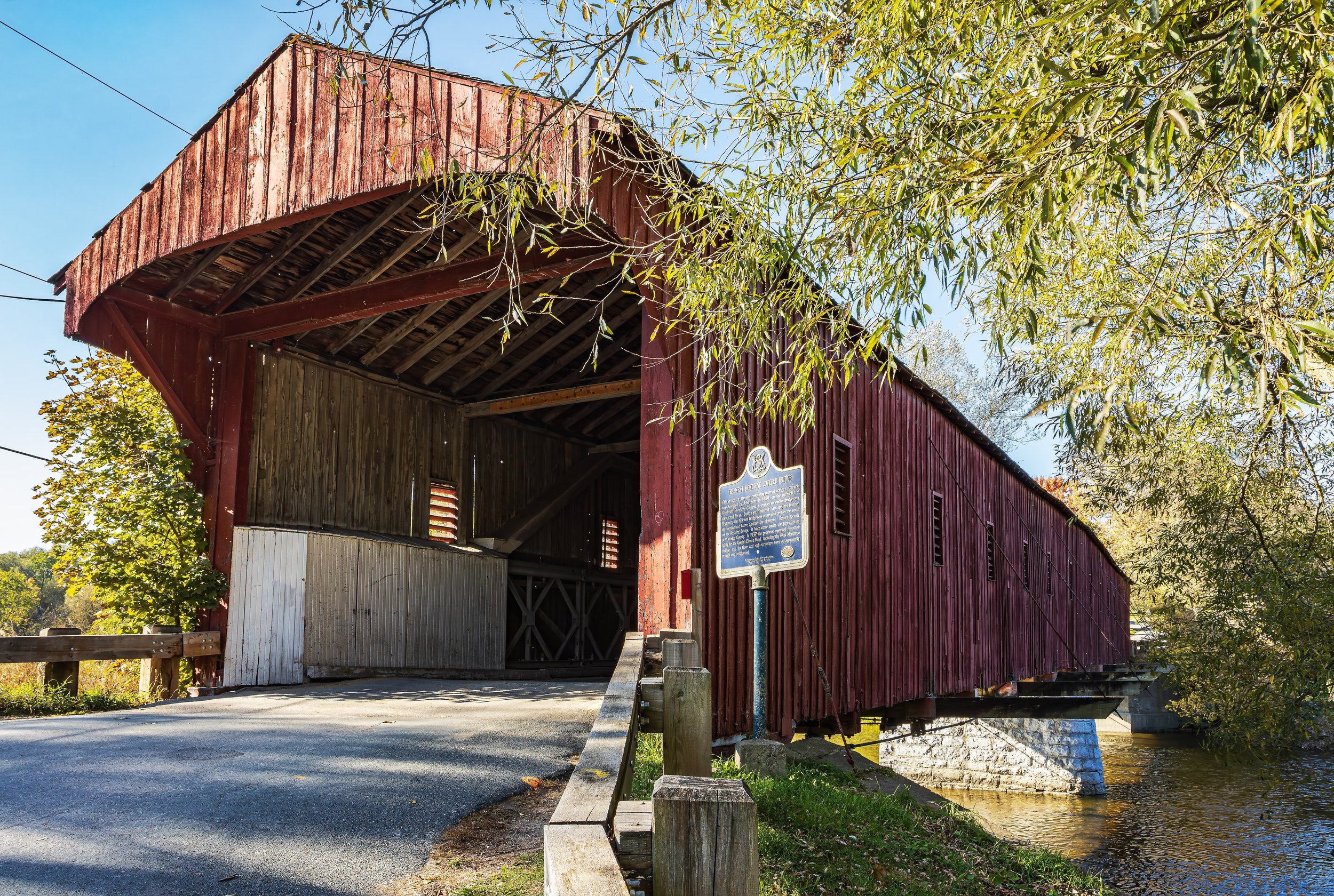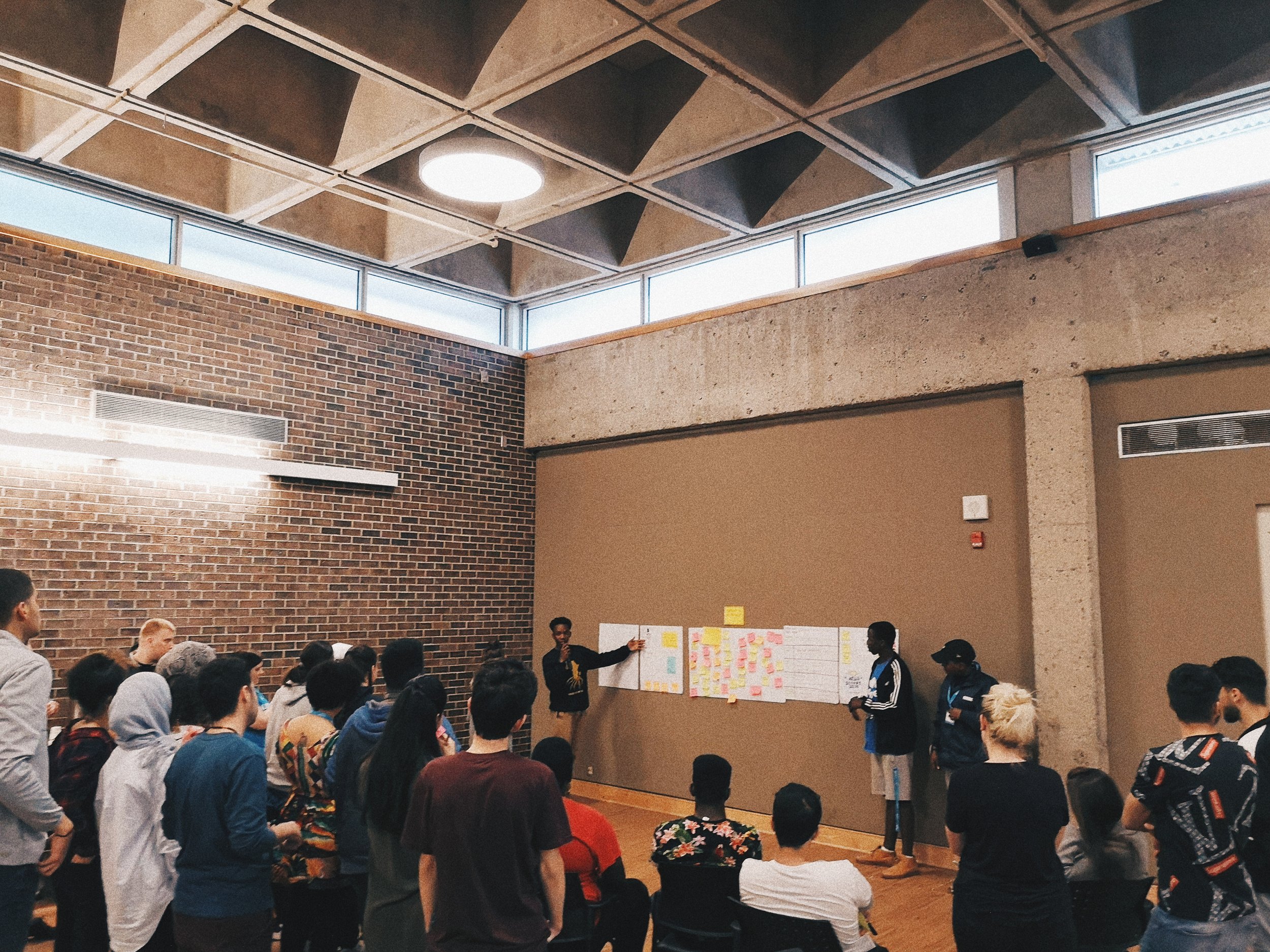Your embedded strategy partner.
Designing, implementing, and sustaining strategy that works.
Most organizations need strategy. Very few have the team or time to make it real.
We partner with mission-driven organizations as their embedded strategy team—bringing structure, creativity, and capacity to help you design a clear course of action and make it stick.
What We Offer: Strategic support that fits
Solutions Labs
Overlap is proud to be a Housing Solutions Labs Consultant recognized by the Canadian Mortgage and Housing Corporation’s (CMHC) Housing Solutions Lab program
What our clients say.












“Overlap helped us think, get out of our risk mindset and go for it. This is now the genesis of what we are moving forward globally.”
Todd Minerson, CEO
Movember Canada
“Working with Overlap felt like talking to friends who understand and are connected to our sector. It was an experience that drastically changed our views of strategic planning.”
Carolyn Stewart, Executive Director
Feed Ontario
“Our Board really benefited from the design-thinking approach. It allowed for more interrogation and building consensus in a way other consulting activities had not.”
Laura Carter, Chief Librarian/Chief Executive Officer
Kingston Frontenac Public Library
Case Studies
Start where you are.
Need a new strategy?
Trying to implement the one you have?
Want to plan for the future without losing focus on today?
Let’s talk about what’s next.

















